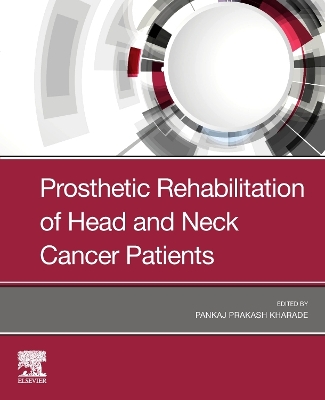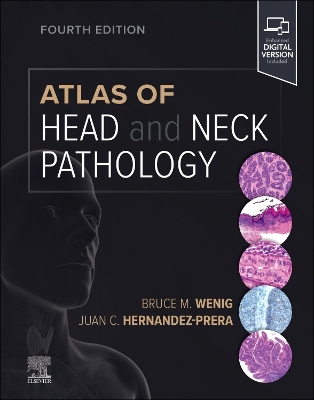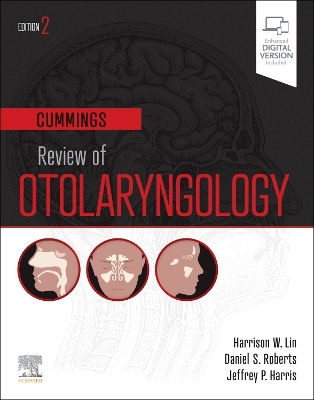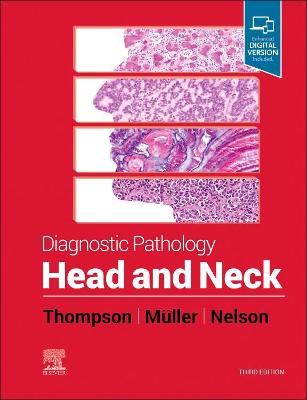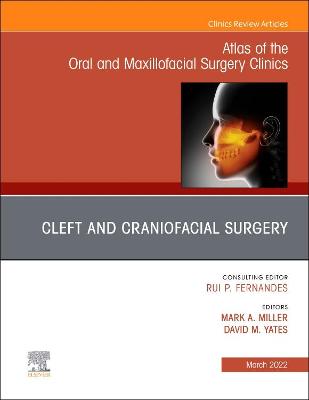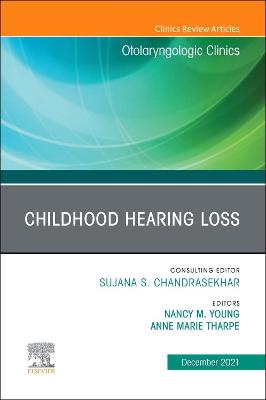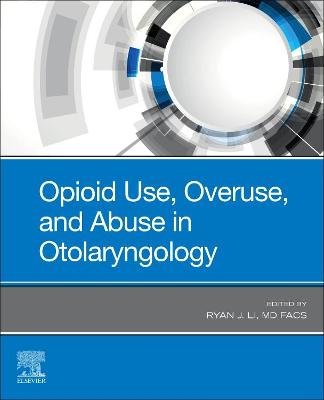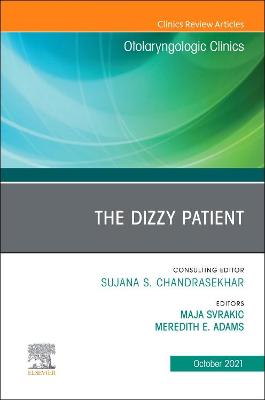Otologic and Lateral Skull Base Trauma
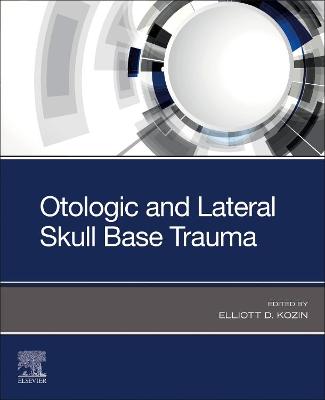 -10%
portes grátis
-10%
portes grátis
Otologic and Lateral Skull Base Trauma
Kozin, Elliott D.
Elsevier - Health Sciences Division
10/2023
266
Mole
Inglês
9780323874823
15 a 20 dias
450
provide an epidemiologic overview of head injury, including traumatic brain injury and temporal bone fractures,
as it relates to the otolaryngologist.
Chapter 2: Basic pathophysiology of auditory dysfunction following head injury. The chapter will provide an
overview of the physiologic changes that may occur after head injury. There will be a focus on both peripheral
and central auditory pathway pathology.
Chapter 3: Imaging of the temporal bone and brain following head injury. The chapter will focus on computed
tomography and magnetic resonance imaging -based imaging of the lateral skull base and brain following head
injury. Focus will be given to temporal bone fractures, vascular injuries, and cerebrospinal fluid leaks. (This
chapter will be co-written by leading neuroradiologists.)
Chapter 4: Labyrinthine concussion diagnosis and management. The chapter will discuss the pathology,
diagnosis, and management of labyrinthine concussion. There will be a focus on auditory changes.
Chapter 5: Medical and surgical management of temporal bone fractures. The chapter will provide an in-depth
discussion of the diagnosis, as well as medical and surgical medical management of temporal bone fractures.
Chapter 6: Facial nerve injury management following temporal bone fractures. The chapter will provide an in-depth discussion of the diagnosis, as well as medical and surgical medical management of facial nerve injury.
(This chapter will be co-written by leading facial nerve specialists.)
Chapter 7: Cerebrospinal fluid leak management following temporal bone fractures. The chapter will provide an
in-depth discussion of the diagnosis, as well as medical and surgical medical management of cerebrospinal
fluid leaks.
Chapter 8: Vascular injury management following temporal bone fractures. The chapter will provide an in-depth
discussion of the diagnosis, as well as medical and surgical medical management of vascular injuries of the
temporal bone following temporal bone fractures. (This chapter will be co-written by leading neurosurgeons.)
Chapter 9: Conductive hearing loss and rehabilitation after head injury. The chapter will discuss conductive
hearing loss, such as ossicular chain disruption, following head injury and potential auditory rehabilitation
options, including hearing amplification and ossicular chain reconstruction.
Chapter 10: Sensorineural hearing loss and rehabilitation after head injury. The chapter will discuss
sensorineural hearing loss following head injury and potential auditory rehabilitation options, including cochlear
implantation and auditory brainstem implantation.
Chapter 11: Soft tissue repair of auricular trauma. The chapter will focus on soft tissue trauma of the auricle
and surgical repair. (This chapter will be co-written by leading facial plastic surgeons.)
Chapter 12: Acoustic overexposure and blast injury management. The chapter will focus on noise exposure, as
well as blast injury. Physiology and treatment will be emphasized. Cochlear synaptopathy will also be
discussed. (This chapter will be co-written by leading experts in noise-induced hearing loss.)
Chapter 13: Animal models of traumatic brain injury and contemporary research. The chapter will focus on
current research approaches on traumatic brain injury as it pertains to the auditory system. (This chapter will
be co-written by leading investigators in traumatic brain injury research.)
provide an epidemiologic overview of head injury, including traumatic brain injury and temporal bone fractures,
as it relates to the otolaryngologist.
Chapter 2: Basic pathophysiology of auditory dysfunction following head injury. The chapter will provide an
overview of the physiologic changes that may occur after head injury. There will be a focus on both peripheral
and central auditory pathway pathology.
Chapter 3: Imaging of the temporal bone and brain following head injury. The chapter will focus on computed
tomography and magnetic resonance imaging -based imaging of the lateral skull base and brain following head
injury. Focus will be given to temporal bone fractures, vascular injuries, and cerebrospinal fluid leaks. (This
chapter will be co-written by leading neuroradiologists.)
Chapter 4: Labyrinthine concussion diagnosis and management. The chapter will discuss the pathology,
diagnosis, and management of labyrinthine concussion. There will be a focus on auditory changes.
Chapter 5: Medical and surgical management of temporal bone fractures. The chapter will provide an in-depth
discussion of the diagnosis, as well as medical and surgical medical management of temporal bone fractures.
Chapter 6: Facial nerve injury management following temporal bone fractures. The chapter will provide an in-depth discussion of the diagnosis, as well as medical and surgical medical management of facial nerve injury.
(This chapter will be co-written by leading facial nerve specialists.)
Chapter 7: Cerebrospinal fluid leak management following temporal bone fractures. The chapter will provide an
in-depth discussion of the diagnosis, as well as medical and surgical medical management of cerebrospinal
fluid leaks.
Chapter 8: Vascular injury management following temporal bone fractures. The chapter will provide an in-depth
discussion of the diagnosis, as well as medical and surgical medical management of vascular injuries of the
temporal bone following temporal bone fractures. (This chapter will be co-written by leading neurosurgeons.)
Chapter 9: Conductive hearing loss and rehabilitation after head injury. The chapter will discuss conductive
hearing loss, such as ossicular chain disruption, following head injury and potential auditory rehabilitation
options, including hearing amplification and ossicular chain reconstruction.
Chapter 10: Sensorineural hearing loss and rehabilitation after head injury. The chapter will discuss
sensorineural hearing loss following head injury and potential auditory rehabilitation options, including cochlear
implantation and auditory brainstem implantation.
Chapter 11: Soft tissue repair of auricular trauma. The chapter will focus on soft tissue trauma of the auricle
and surgical repair. (This chapter will be co-written by leading facial plastic surgeons.)
Chapter 12: Acoustic overexposure and blast injury management. The chapter will focus on noise exposure, as
well as blast injury. Physiology and treatment will be emphasized. Cochlear synaptopathy will also be
discussed. (This chapter will be co-written by leading experts in noise-induced hearing loss.)
Chapter 13: Animal models of traumatic brain injury and contemporary research. The chapter will focus on
current research approaches on traumatic brain injury as it pertains to the auditory system. (This chapter will
be co-written by leading investigators in traumatic brain injury research.)

